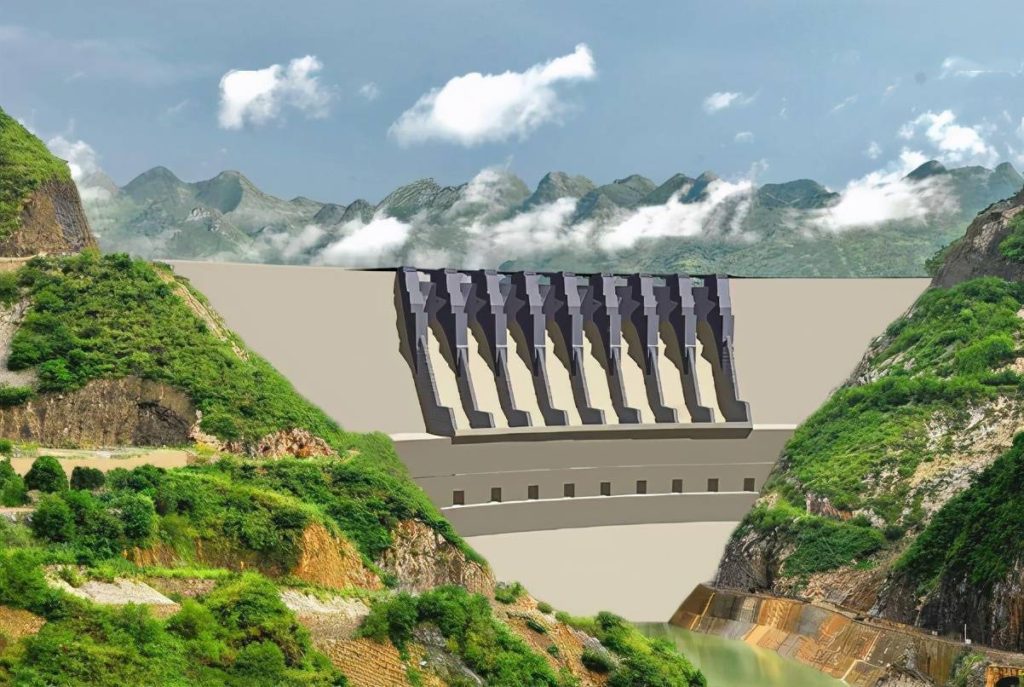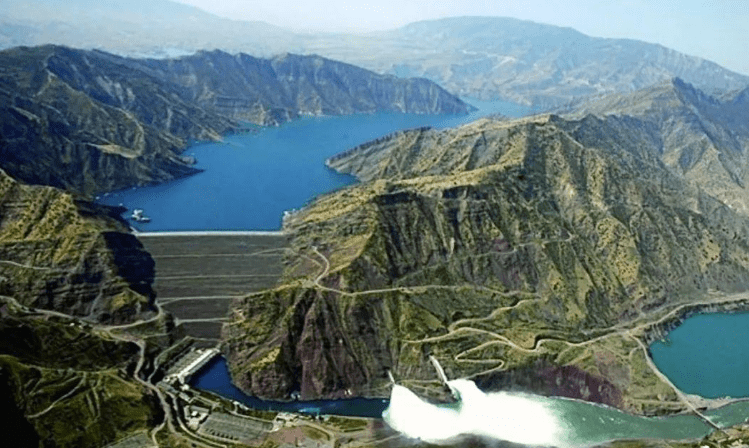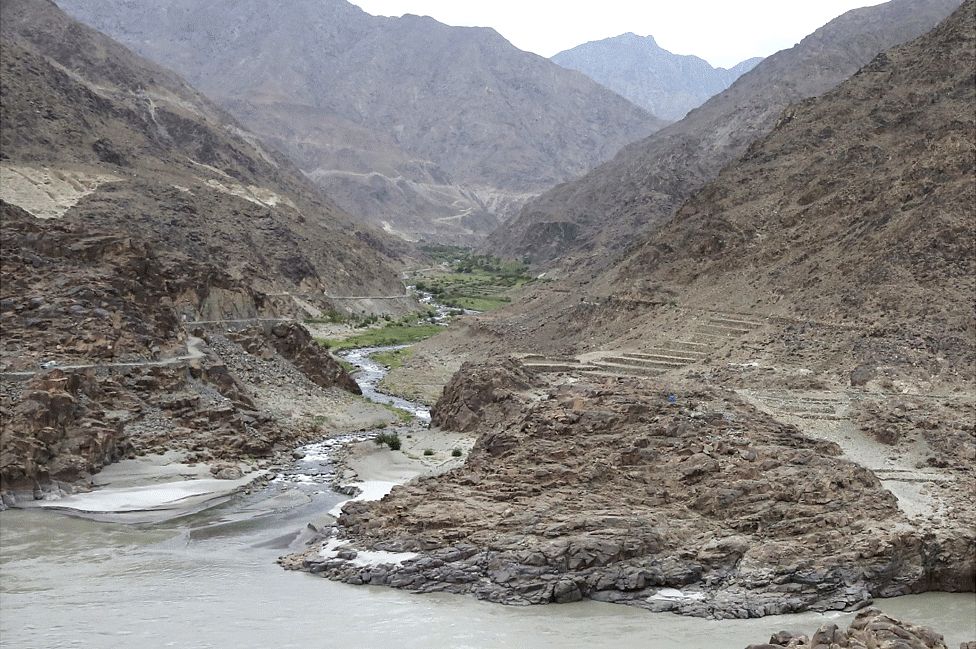巴铁采用孙子兵法,切断印军重要水源,这对战局有何影响?
02/20/2021
巴铁采用孙子兵法,切断印军重要水源,这对战局有何影响?

近日,巴铁采用孙子兵法,切断了印军重要的水源,原来这个国家正式开工阿莫·巴沙大坝的建设,在孙子兵法中就有关于如何利用地形来作战的篇幅,那么这将对战局有何影响呢?对此不少网友表示:巴铁这次干得太漂亮了,一旦这座大坝完全建成,那么印军的重要水源就等于一夜之间被掐断,印度也将完全落入被动局面,对此新德里表示:这背后肯定有高人在指点。

对于巴基斯坦建设大坝一事,印度方面自然也是非常不满的,毕竟水源被切断对印度而言绝对不是一件小事,因为这座大坝就坐落在印度河上流地区,而印度民众的生活生产用水,都需要从这条河中取水,甚至将影响到印度农业的生产,但巴基斯坦在自己控制的范围内进行基础设施建设,还轮不到印度来指手画脚,就算不服气也只能选择憋着。

巴基斯坦建设这座大坝也拥有非常积极的意义,因为巴基斯坦随着发展的需求,也需要更多的能源,而这座大坝一旦建成,无疑能够给巴基斯坦国内提供大量电力资源,同时大坝一旦建成,对巴基斯坦国内的农业灌溉也有着非常积极的影响,并且还能够减少洪涝灾害的发生,总体而言,这座大坝的修建是利大于弊的,当然在修建这座大坝中,巴基斯坦也获得了不少来自东方的帮助。
一旦这座大坝完全建成,将成为巴基斯坦手中非常重要的筹码,毕竟印巴两国的敌对关系已经持续了数十年,而且印度总是在边境问题上咄咄逼人,同时向巴基斯坦索要克什米尔地区的主权,有了这座大坝,巴基斯坦就能够进行反制,如果印度敢发动战争,那么巴基斯坦就敢切断印度河的水源,从而迫使印度方面不敢轻举妄动。

目前印度依然在边境地区屯兵百万,并且将巴基斯坦视为最主要的敌人,如果单论军事实力,巴基斯坦显然不是印度方面的对手,所以这个国家也只能选择从一些非常规的手段上出发,从而让印度保持清醒,不要一事之间做出冲动的事情,当然一旦大坝建成,这座大坝也将成为印度的主要目标,但是想要摧毁大坝也不是一件容易的事情,因为巴基斯坦必然会重兵防守,以阻止印度突然袭击,而且大坝建成后会积蓄大量水源,如果坝体被毁,很可能将引发洪涝灾害,那么位于下流的印度自然不能够幸免。
看来针对巴基斯坦建设大坝一事,印度最好还是选择协商的方式来调解印巴两国的矛盾,毕竟军事手段绝对是最糟糕的选择,对印度也没有任何好处,一直以来都是印度采取咄咄逼人的姿态,如果印度愿意谈判,巴基斯坦方面自然也愿意与印度达成共识,共同开发利用印度河。
Pakistan finally gives green light to controversial Indus dam in Kashmir
By GCR Staff
02/20/2021
A Chinese-Pakistani joint venture has been awarded a project to build a dam on the River Indus in the disputed Kashmir region between India and Pakistan.

When completed in 2028, the Diamer Bhasha dam, China’s first major civil engineering scheme in Kashmir, will have a 272-metre-high barrage, making it the tallest roller-compacted concrete dam in the world.
The project will be part of the China-Pakistan Economic Corridor (CPEC), itself part of China’s Belt and Road Initiative.
It will have a generating capacity variously given as 4.8GW and 6GW, and will be situated in the Pakistan-administered region of Gilgit-Baltistan, about 320km from the Chinese border.
As well as power, the dam will create a 200 sq km reservoir, greatly increasing Pakistan’s water security.
According to the Nikkei Asian Review, the first phase of the dam, worth $2.8bn, has been awarded to a team made up of China’s Power Construction Corporation and the Pakistan Army’s Frontier Works Organisation, with 70% going to the Chinese company.
Muzammil Hussain, chairman of Pakistan’s Water and Power Development Authority (Wapda), announced the project at a press conference at the end of last week. He said the Pakistan government would provide 30% funding and “the rest will be arranged by the Wapda” – understood to be a reference to loans from China. Hussein put the total cost of the project at US$8.8bn, but he has previously given a figure of $14bn.
Previous attempts to build the dam on the Indus site have stumbled over the funding issue. In 2011, the US considered a loan of $12bn for the scheme, but withdrew. The Asian Development Bank approved a loan for the scheme but then withdrew its funding in 2016, and a later plan to crowdfund it failed to raise sufficient capital.
In 2016, the project was named as one of the projects in the China-Pakistan Economic corridor. However, in 2017, Pakistan backed out when the Chinese demanded 100% ownership of the completed asset.
India has raised objections to the project, partly on political and partly on engineering grounds.
The political protest is over India’s claim that the project legitimises Gilgit-Baltistan as part of Pakistan’s sovereign territory.
The engineering objection is based on the safety of such a tall roller-compacted dam in an earthquake zone.
Suleman Najib Khan, the convenor of the Water Resource Development Council, notes: “In the history of the world, no roller-compacted dam has ever been built of comparable height in such unforgiving conditions.
“In the event that the dam bursts at its proposed height of 272m during a routine seismic movement, 10 cubic kilometres of water, with the destructive power of a hydrogen bomb, will wipe out everything on the Indus all the way down to Sukkur.”
Roller-compacted dams use a blend of concrete in which fly ash is substituted for Portland cement, reducing the risk of thermal cracking during construction. The highest dam built so far using the method is the Gilgel Gibe III Dam in Ethiopia, at 250m.
Source: https://www.globalconstructionreview.com/news/pakistan-finally-gives-green-light-controversial-i/
May 14, 2020









